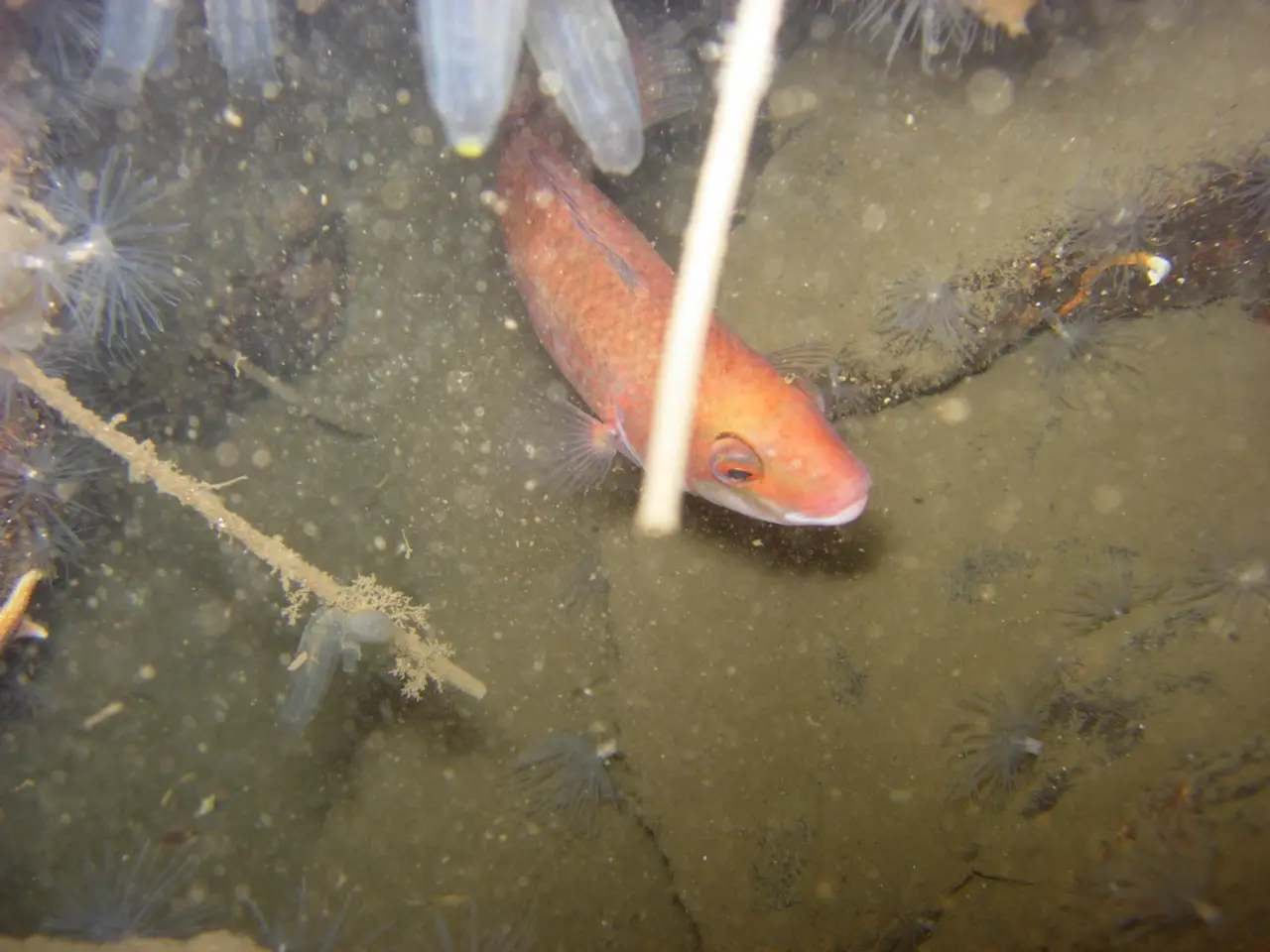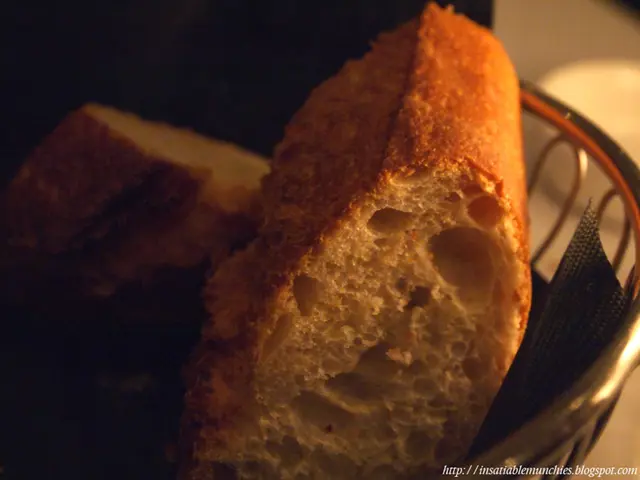Nestlé Pioneers Cell-Cultured Red Snapper for Pet Food to Save Wild Populations
Nestlé, in collaboration with CULT Food Science, is pioneering the use of cell-cultured red snapper for pet food, aiming to ease pressure on vulnerable wild fish populations. This move comes as the International Union for the Conservation of Nature (IUCN) lists red snapper as vulnerable to extinction.
The decline of red snapper is stark. From 1955 to 2010, their total biomass in U.S. waters plummeted by 96% due to excessive fishing and habitat degradation. The U.S. Gulf of Mexico red snapper fishery is now classified as overfished. Enter cell-cultured meat, which could provide an alternative, reducing demand for wild-caught fish.
Nestlé and CULT Food Science are working together to produce cell-cultivated red salmon for pets. CULT plans to use this meat in its Marina Cat treat line. However, it's important to note that current cell-cultured meat technologies face credibility issues regarding environmental sustainability, partly due to high energy requirements that could potentially increase global warming more than some types of cattle farming.
While cell-cultured red snapper offers promise in conserving wild populations, its environmental impact remains a topic of debate. Nestlé's partnership with CULT Food Science signals a step towards sustainable pet food, but further research is needed to ensure the long-term benefits of this technology.
Read also:
- Inherent Skills Know No Bounds, Yet Access to Employment Remains Unequal: Suggestions for a More Equitable Job Market of the Future
- Exploring Physical Recovery after the Overturning of Roe v. Wade Decision
- Top CDC Official Debra Houry Issues Warnings Regarding RFK Jr.'s Proposed Alterations
- "Understanding Fodder: Explore 6 Variations to Test"








